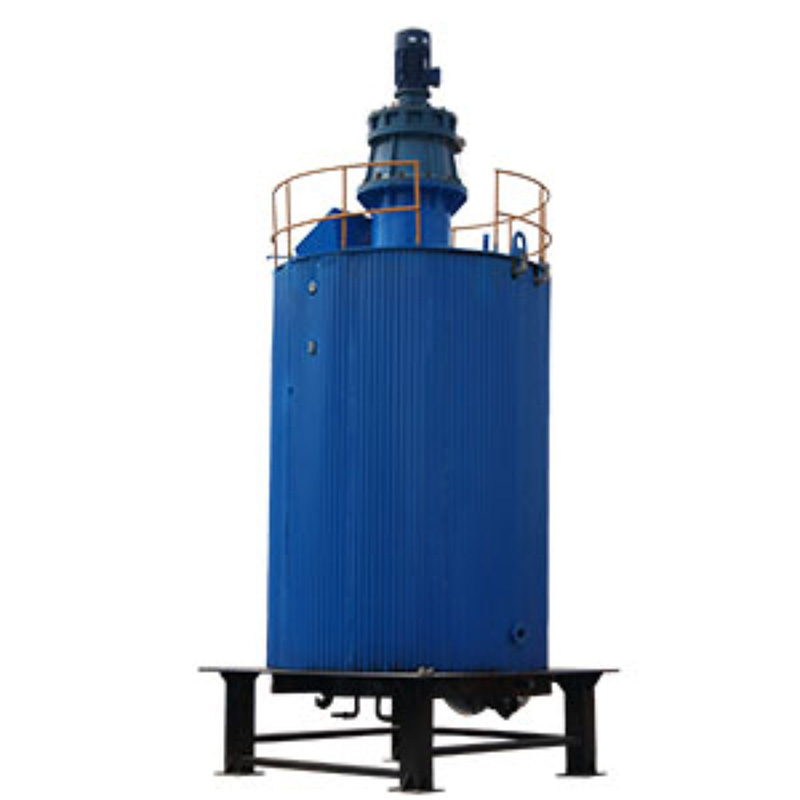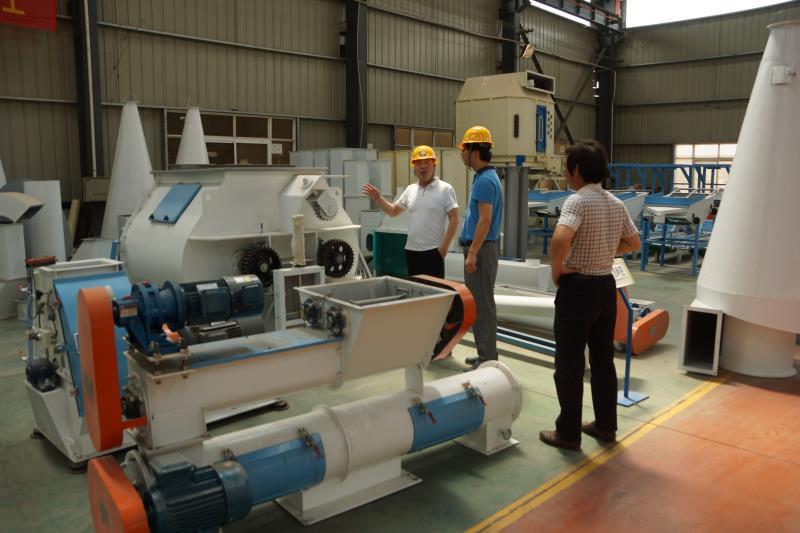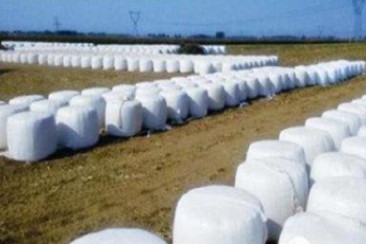Fermenter
- Production capacity: Can be customized according to customer needs
- Applicable materials: All kinds of organic fertilizer production materials
- Applications: Fermentation of organic fertilizers
Classification:

Tel:
Introduction
-
The fermentation mechanism utilizes the decomposition of microorganisms in nature, and uses the activity of aerobic microorganisms to decompose organic materials through continuous aerobic fermentation in a closed fermentation tank, and generates high temperature to decompose the materials, deodorize and kill the original body. Harmful substances such as parasites and bacteria reduce the moisture content of the material and reduce the volume, producing organic fertilizers rich in a large amount of organic matter.
-
The fermentation tank is a biological fermentation system that feeds from the top and discharges the decomposed materials from the bottom. The sludge is added from the top of the tank and stirred by the internal stirring blades. The stirring blades have a high-pressure fan for forced ventilation and oxygen supply, and the materials in the tank are good. oxygen fermentation. The ventilation system allows the air to pass through the material from the bottom of the fermentation tank, and after being collected in the upper part of the fermentation tank, the exhaust gas is treated by the deodorization system and discharged up to the standard. The effect of high-temperature aerobic bacteria makes the fermentation temperature reach 60-70 degrees, fully kills various pathogenic bacteria, evaporates the moisture in the sludge, and converts organic wastes such as sludge into organic nutrients. A single device can process 5-10 tons of fresh sludge with a moisture content of 60-80%, the fermentation period is about 7 days, and the moisture content of the organic material after fermentation is about 30%.
Finished pellets
undefined
Features
-
- Commodity name: Fermenter
- Production capacity: Can be customized according to customer needs
- Applicable materials: All kinds of organic fertilizer production materials
- Applications: Fermentation of organic fertilizers
The fermentation mechanism utilizes the decomposition of microorganisms in nature, and uses the activity of aerobic microorganisms to decompose organic materials through continuous aerobic fermentation in a closed fermentation tank, and generates high temperature to decompose the materials, deodorize and kill the original body. Harmful substances such as parasites and bacteria reduce the moisture content of the material and reduce the volume, producing organic fertilizers rich in a large amount of organic matter.
-
The fermentation tank is a biological fermentation system that feeds from the top and discharges the decomposed materials from the bottom. The sludge is added from the top of the tank and stirred by the internal stirring blades. The stirring blades have a high-pressure fan for forced ventilation and oxygen supply, and the materials in the tank are good. oxygen fermentation. The ventilation system allows the air to pass through the material from the bottom of the fermentation tank, and after being collected in the upper part of the fermentation tank, the exhaust gas is treated by the deodorization system and discharged up to the standard. The effect of high-temperature aerobic bacteria makes the fermentation temperature reach 60-70 degrees, fully kills various pathogenic bacteria, evaporates the moisture in the sludge, and converts organic wastes such as sludge into organic nutrients. A single device can process 5-10 tons of fresh sludge with a moisture content of 60-80%, the fermentation period is about 7 days, and the moisture content of the organic material after fermentation is about 30%.
Working Principle
-
- Commodity name: Fermenter
- Production capacity: Can be customized according to customer needs
- Applicable materials: All kinds of organic fertilizer production materials
- Applications: Fermentation of organic fertilizers
The fermentation mechanism utilizes the decomposition of microorganisms in nature, and uses the activity of aerobic microorganisms to decompose organic materials through continuous aerobic fermentation in a closed fermentation tank, and generates high temperature to decompose the materials, deodorize and kill the original body. Harmful substances such as parasites and bacteria reduce the moisture content of the material and reduce the volume, producing organic fertilizers rich in a large amount of organic matter.
-
The fermentation tank is a biological fermentation system that feeds from the top and discharges the decomposed materials from the bottom. The sludge is added from the top of the tank and stirred by the internal stirring blades. The stirring blades have a high-pressure fan for forced ventilation and oxygen supply, and the materials in the tank are good. oxygen fermentation. The ventilation system allows the air to pass through the material from the bottom of the fermentation tank, and after being collected in the upper part of the fermentation tank, the exhaust gas is treated by the deodorization system and discharged up to the standard. The effect of high-temperature aerobic bacteria makes the fermentation temperature reach 60-70 degrees, fully kills various pathogenic bacteria, evaporates the moisture in the sludge, and converts organic wastes such as sludge into organic nutrients. A single device can process 5-10 tons of fresh sludge with a moisture content of 60-80%, the fermentation period is about 7 days, and the moisture content of the organic material after fermentation is about 30%.
Technical parameters
-
- Commodity name: Fermenter
- Production capacity: Can be customized according to customer needs
- Applicable materials: All kinds of organic fertilizer production materials
- Applications: Fermentation of organic fertilizers
The fermentation mechanism utilizes the decomposition of microorganisms in nature, and uses the activity of aerobic microorganisms to decompose organic materials through continuous aerobic fermentation in a closed fermentation tank, and generates high temperature to decompose the materials, deodorize and kill the original body. Harmful substances such as parasites and bacteria reduce the moisture content of the material and reduce the volume, producing organic fertilizers rich in a large amount of organic matter.
-
The fermentation tank is a biological fermentation system that feeds from the top and discharges the decomposed materials from the bottom. The sludge is added from the top of the tank and stirred by the internal stirring blades. The stirring blades have a high-pressure fan for forced ventilation and oxygen supply, and the materials in the tank are good. oxygen fermentation. The ventilation system allows the air to pass through the material from the bottom of the fermentation tank, and after being collected in the upper part of the fermentation tank, the exhaust gas is treated by the deodorization system and discharged up to the standard. The effect of high-temperature aerobic bacteria makes the fermentation temperature reach 60-70 degrees, fully kills various pathogenic bacteria, evaporates the moisture in the sludge, and converts organic wastes such as sludge into organic nutrients. A single device can process 5-10 tons of fresh sludge with a moisture content of 60-80%, the fermentation period is about 7 days, and the moisture content of the organic material after fermentation is about 30%.

Tel:
Related Equipment

Organic fertilizer production line

Slag name

Organic fertilizer and detailed text

Water soluble fertilizer
Inquiry







